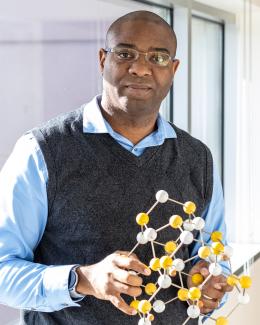Abstract
Carbon is an attractive material for hydrogen adsorption, due to its light weight, variety of structures, and ability to both physisorb and chemisorb hydrogen. Recently, fully hydrogenated graphene layers (“graphane”) have been predicted to exist [J.O. Sofo et al., Phys. Rev. B 75, 15340 (2007)], and experimentally observed [D.C. Elias et al., Science 323, 610 (2009)]. In this work, we examine analogues of graphane, in particular BNH2 and BC2NH4. Unlike graphene, these materials have a band gap without hydrogenation. Our results indicate that the hydrogenation product of BN is metastable: the fully hydrogenated compound BNH2 is higher in energy than hexagonal BN sheets plus H2 molecules, in sharp contrast with graphane. We find that BC2NH4 is energetically very close to hexagonal BC2N+2H2 molecules. Furthermore our examination of the relative binding strengths of rows of symmetry related hydrogen atoms on BC2NH4shows that this compound is marginally higher in energy than BC2NH2 plus an H2 molecule, with the hydrogen atoms in BC2NH2 absorbed on the carbon sites. These remaining hydrogen atoms are not as strongly bound as in graphane, indicating that the average hydrogen chemisorption energy is controllable by changing the carbon content in the B-C-N layer.


